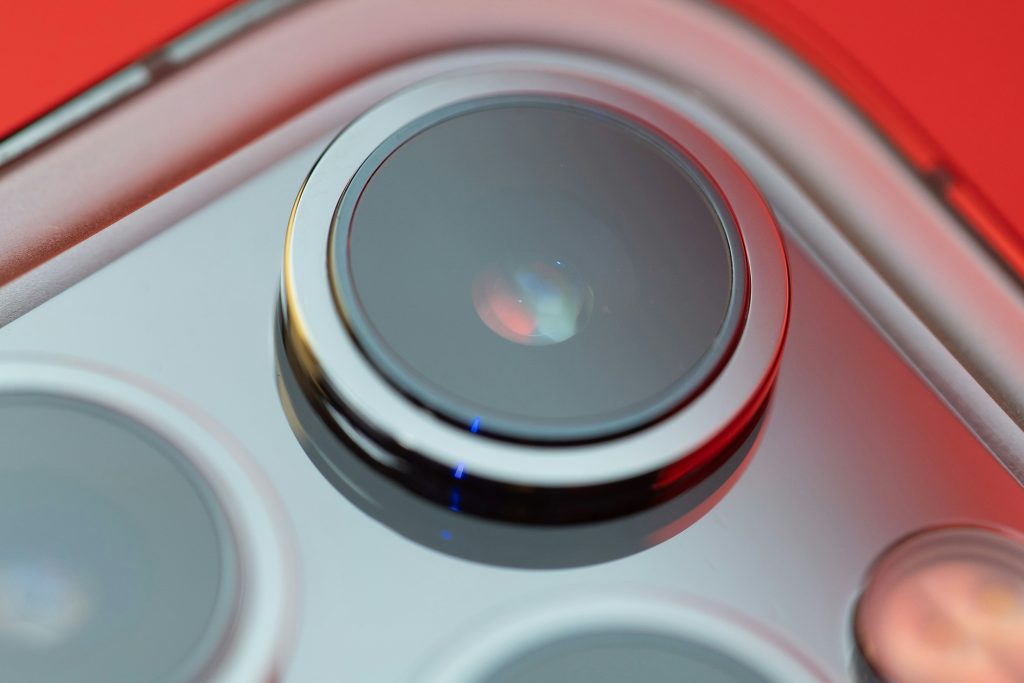Apple’s quest for more control over its products continues, as rumors suggest that the tech giant may delve into designing its own camera sensors. With a track record of bringing design work in-house, Apple aims to enhance not only how its devices capture and process photographs but also explore new opportunities in fields like mixed reality and autonomous vehicles.

In Bloomberg’s “Power On” newsletter, Mark Gurman sheds light on Apple’s potential ambitions for an “in-house strategy” focused on camera sensor design. The iPhone’s photography capabilities have long been a major selling point, with initiatives like “Shot on iPhone” showcasing the impressive quality of iPhone cameras.
However, Apple’s aspirations may extend beyond the realm of smartphones. Considering the significance of cameras for applications like mixed reality and self-driving vehicles, developing proprietary camera technology could hold great promise for future iterations of the Apple Vision Pro and the highly anticipated Apple Car.
Bringing the design process in-house offers Apple several advantages. Not only can the company improve the functionality and performance of camera components, but it also gains the ability to chart a strategic roadmap for future developments. Deep integration between hardware and software becomes a possibility, ensuring a seamless user experience.
This move is not entirely unprecedented for Apple. In the past, the company has gradually taken over the design duties of various components from third-party suppliers. One notable example is the design and development of Apple’s own processors, employed in both iPhones and the transition to Apple Silicon for Mac hardware.
Apple’s in-house modem project, anticipated to yield new components by late 2025, exemplifies the company’s commitment to expanding its control over critical components. Furthermore, there are ongoing efforts in battery cell research, potentially allowing iPhones to have even longer battery life in the future. Though currently in the exploratory phase, Apple’s dedication to innovation is evident.
Additionally, Apple is rumored to be working on a noninvasive blood glucose sensor for its flagship smartwatch, the Apple Watch. Spearheaded by Tim Millet, head of the Apple platform architecture group, this ambitious project could revolutionize health monitoring and significantly impact the wearables market.
As Apple seeks to boost its vertical integration and enhance the overall user experience, venturing into camera sensor design represents a logical next step. By bringing this critical component in-house, Apple can exert greater control over its products, enhance their capabilities, and unlock new possibilities in various sectors. Whether it’s delivering breathtaking photography or driving innovation in emerging technologies, Apple’s penchant for pushing boundaries remains unwavering.



